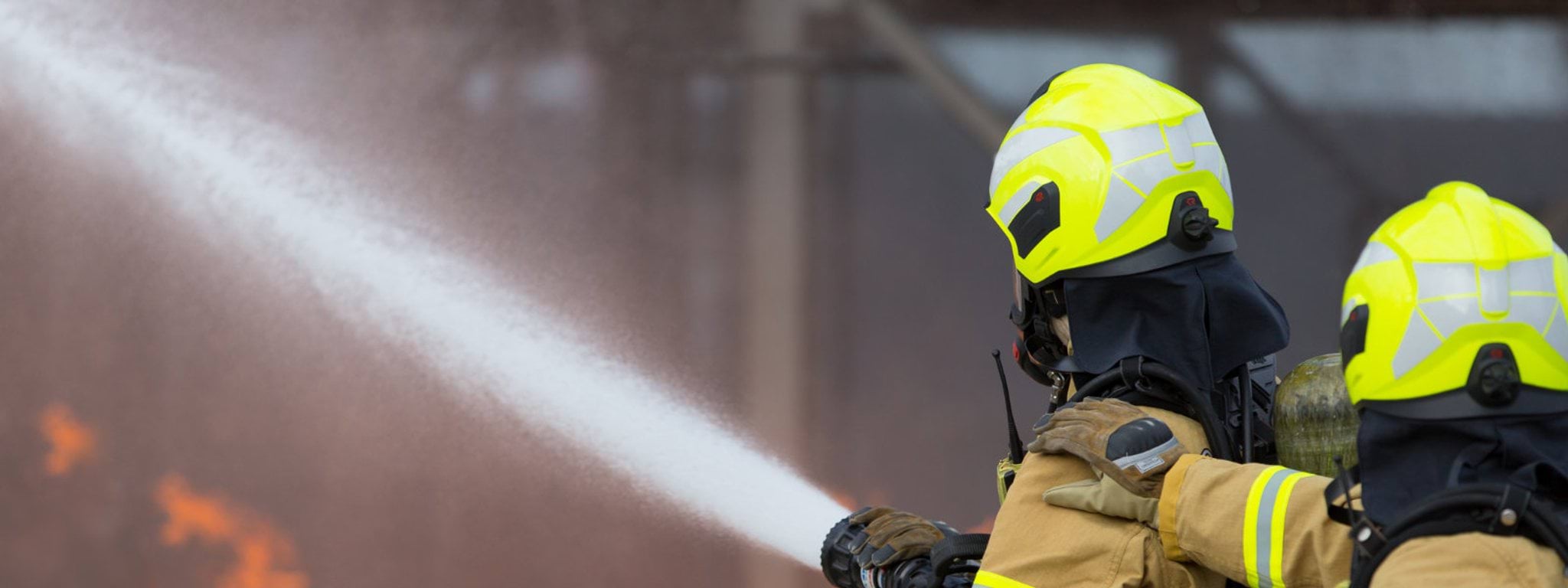Fires and other emergencies are more likely to occur in a home where there is hoarding and/or squalor.
Every 4-6 days FRV firefighters respond to a fire or emergency where there is hoarding and/or squalor.
These fires put occupants, their neighbours, and responding firefighters at risk.
High fuel loads can increase the size, spread, and severity of a fire. This makes it harder to contain and extinguish.
In a fire, blocked exits and falling objects can make it difficult to escape. This can delay firefighters from accessing a property in an emergency.
Updated
